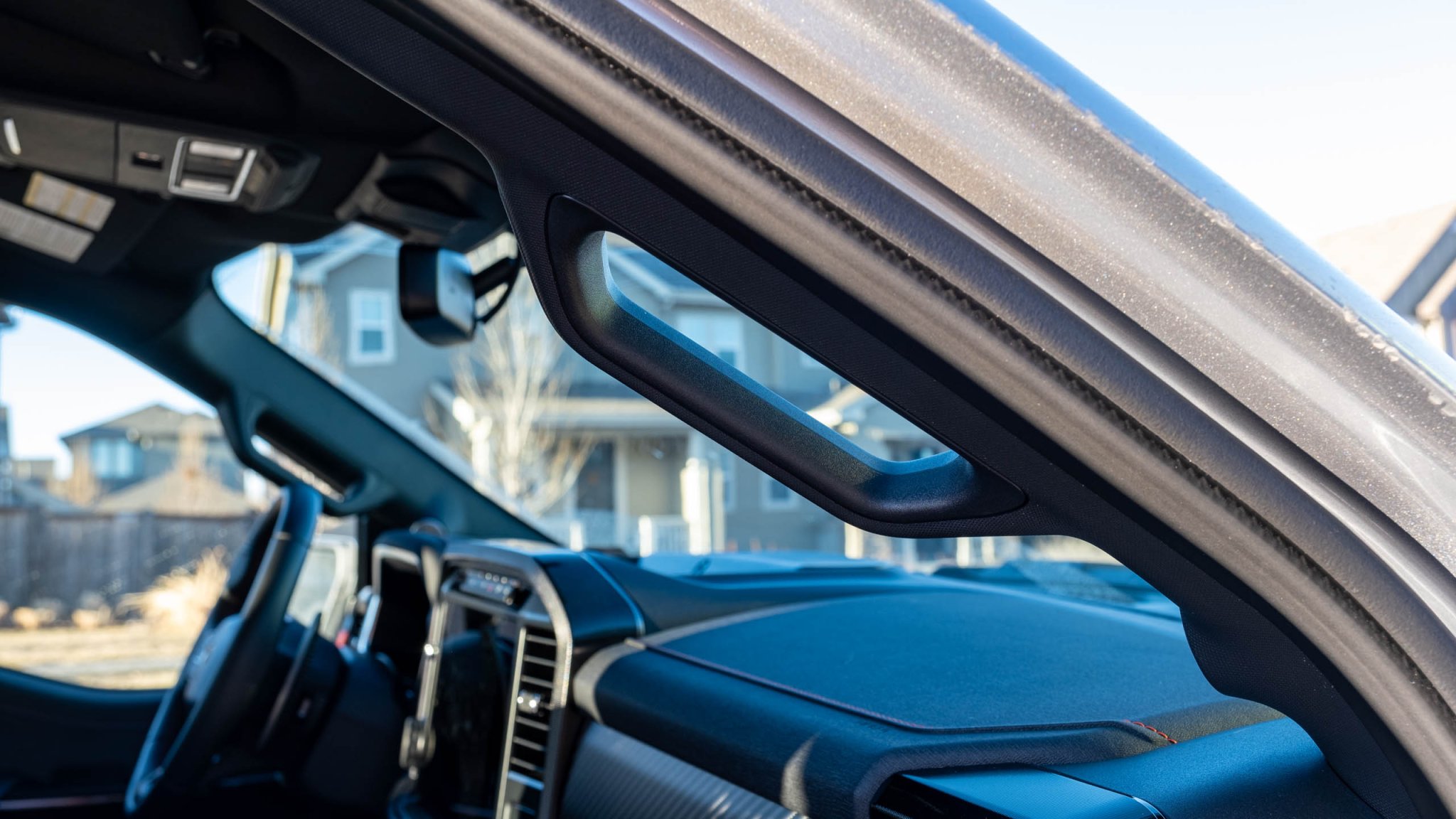

Onomatopoeias are words that sound like what they are: pop, fizz, buzz, thud, and “oh, shit handles.” Even though nearly everyone who’s been in a car knows what else the handles are used for, they’re most often designed for taller cars as grab handles to make entry and exit easier. That’s why Top Gear in the Netherlands asked, “Why are grab handles harder to find in new cars?”
The answers aren’t hugely surprising, but they’re not necessarily intuitive. Cars are getting bigger and fatter, but they’re not getting taller. Most new cars get longer, wider, and lower—even if the “hip point”—where your torso meets your upper leg in a seated position—is getting taller, like in most newer crossovers.
“The handles largely define how high the car is,” a Mercedes spokesperson told Top Gear. “The flatter the car is, the more efficient the aerodynamics. If you omit the handle, you can make the roof of a car much lower.”
Which makes sense. A slipperier, lower shape is more aerodynamic on the road versus a tall brick in the wind. Lower rooflines mean fewer people clambering into their cars and fewer grab handles. So why not just put one there for the sake of having one there? That’s mostly for safety. Handles are usually hard plastic with little-to-no give that would be lousy places for heads to hit in a crash. Handles need to be far enough away from occupants that their heads wouldn’t come in contact in a crash. Again, that means taller rooflines that are less aerodynamic.
Although once relatively common, the handles are fewer and farther between now on new cars. Our language will evolve, too. The next generation of EV drivers is on the clock to devise a universally understood gesture and name for what to hold on to in a sketchy moment in a car. Might I suggest something other than, “Oh shit touchscreen”?
Got a tip? Send it in to tips@thedrive.com